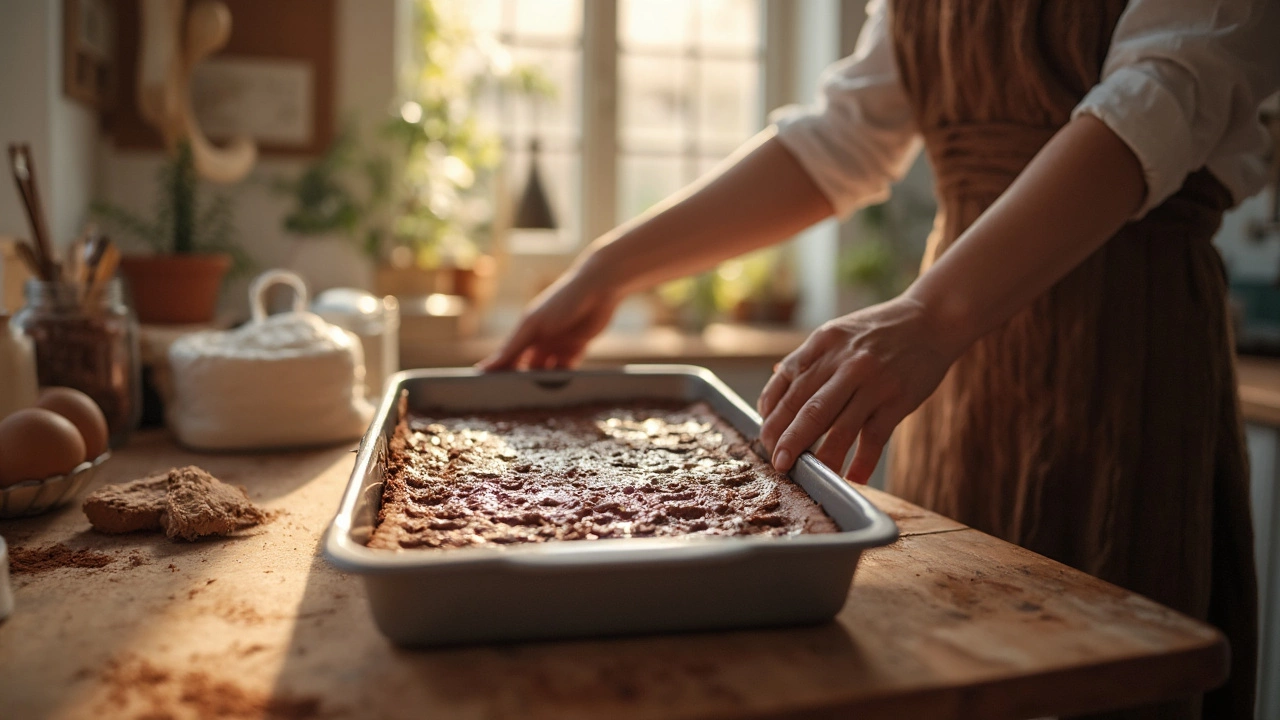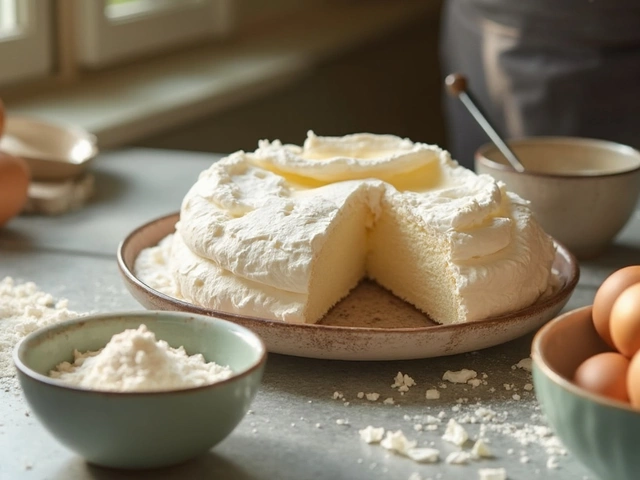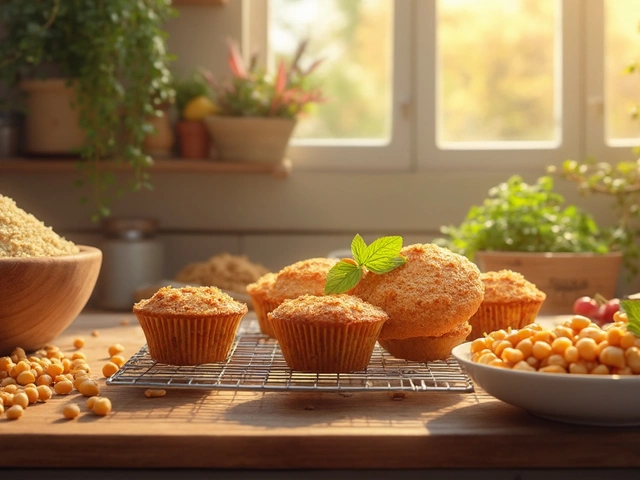Avoid Hard Edges in Your Desserts – Quick Fixes That Work
Ever bite into a brownie or a slice of fudge and hit a dry, hard rim? It’s frustrating, especially when the middle is still soft. The good news is that hard edges are usually a simple mistake, not a baking flaw. Below you’ll find straight‑forward tricks that stop that crust from forming, so every bite stays just as you want it.
Why Hard Edges Happen
Most hard edges come from too much heat on the outer layer. In a cake, the edges cook faster because they’re closer to the pan’s metal. In fudge, letting the mixture boil past the soft‑ball stage creates a firmer crystal structure that shows up as a hard ring. Brownies suffer the same thing when the tray is too thin or the oven runs hotter than it says.
Another common cause is over‑mixing. When you stir batter or fudge mixture too much, you introduce extra air and break down the tender structure. The extra air expands during baking, pushing the outer part to set quicker and become tough.
Simple Tricks to Keep Edges Soft
1. Use a water bath for delicate treats. Placing your pan in a shallow tray of hot water creates gentle, even heat. This slows down the crust formation and keeps the whole piece moist. It works great for cheesecake, fudge and even dense brownies.
2. Lower the oven temperature by 10‑15°C. A slightly cooler bake gives the center time to set before the edges get too hard. Check after the recommended time and add a few extra minutes if needed.
3. Line your pan with parchment. The paper acts as a buffer, preventing direct contact with the hot metal. When you lift the dessert out, the bottom stays softer and releases easily.
4. Add a bit of extra fat. A tablespoon of butter, oil or melted chocolate in the batter adds moisture that stays near the edges. For fudge, a splash of cream at the end of cooking keeps it silky.
5. Don’t over‑cook. Use a candy thermometer for fudge – aim for the soft‑ball range (115‑120°C). For brownies, insert a toothpick; when it comes out with a few moist crumbs, the edges are done but not hard.
Even a small change, like moving the rack one level down, can make a big difference. The lower rack keeps the heat a touch farther from the top, reducing the chance of a crunchy top crust.
If you’ve already baked a batch with hard edges, don’t toss it. Wrap the piece in a damp towel and microwave for 10‑15 seconds. The steam softens the rim, and a quick frosting or glaze will hide any remaining dryness.
Try mixing these tips into your next bake. You’ll notice the edges staying tender while the center stays on point. No more sad bites, just smooth, sweet satisfaction every time.

Preventing Hard Brownie Edges: Tasty Secrets
Tired of your brownie edges turning into brick-like crust while the center stays gooey and soft? Discover some effective techniques for maintaining uniform texture throughout your brownie bake. Learn how to tweak your baking process, from adjusting oven temperatures to choosing the right pan. With these easy-to-follow tips, every brownie can be a joy, from corner to center.
View More




